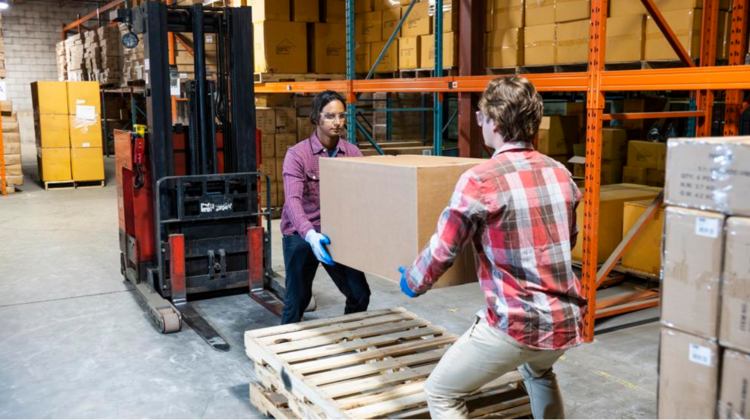
Every new year, you set resolutions to make yourself better, healthier, stronger, friendlier, lighter and so on. Unfortunately, these resolutions are not always realistic. We all want to do better, but we sometimes set goals we cannot achieve.
The key to a successful resolution is setting realistic goals for things you can control. Committing to not having a car accident may help you drive more defensively, but you can’t control other drivers. However, you can commit to actions that reduce your risk of causing an accident: not tailgating, not texting and reducing your speed in wet and snowy conditions. These are all practical actions you can hold yourself accountable for.
You also need to have an interest in the resolution you make. Stating you will eat more vegetables to improve your health when tomato sauce on spaghetti is the only vegetable you’ve eaten in years will probably not lead to long-term success.
Finally, take small actions that provide an immediate, measurable benefit. Small successes will encourage you and help you build better habits for the long term. Using the example above, you could replace regular spaghetti noodles with whole wheat pasta or use a tomato sauce with hidden veggies.
To get started, consider the following safety resolutions. These are easy to initiate and maintain. They directly benefit you, your loved ones and your coworkers. And they can easily be adapted to your circumstances.
- Commit to finding and removing hazards from your workspace or home. For example, remove objects from stairs, roll and store hoses away from walking areas and vehicle paths, and keep lids on chemicals when they’re not in use to reduce fire and breathing hazards.
- Use proper lifting techniques, regardless of the size, weight or location of the object you need to move. This means bending at the knees (not the waist), only lifting what you can safely handle, asking for help when you need it, and turning with your feet (not twisting at the waist).
- Use personal protective equipment (PPE) consistently. For example, use hearing protection around loud machinery or when mowing the lawn, wear safety goggles and a face shield when handling liquid chemicals, and wear work gloves when handling wood or masonry.
- Remind coworkers and family members to protect themselves from hazards. Speak up if you see someone in danger, and offer PPE if they are not using it.
Trying to do all of these at once may feel overwhelming. Start with just one or two commitments and add more as your actions become good habits. In no time, you will be making a difference in your life and the lives of those around you.
